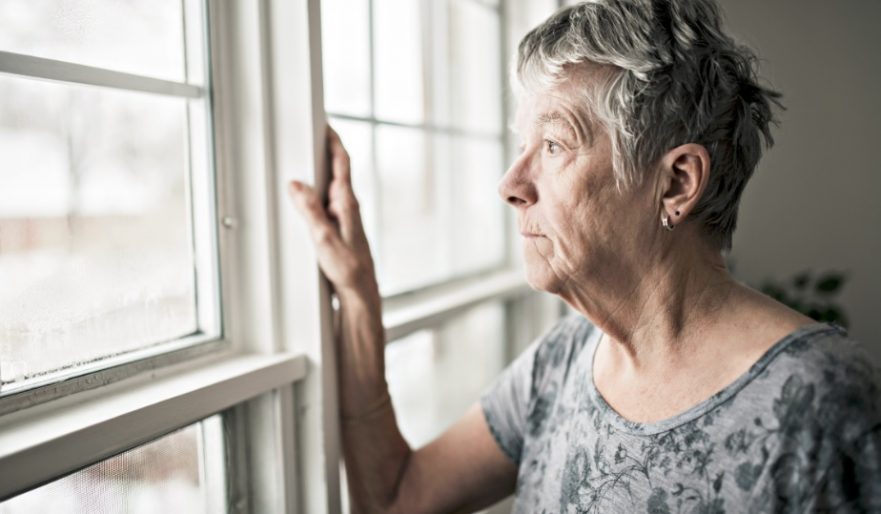From Vancouver to Bobcaygeon, Ottawa to Montreal, facilities catering to seniors have been battling surging infection rates since COVID-19’s devastating path began. Given that older Canadians are more vulnerable to catching severe forms of any illness, robust protocols are needed at the best of times, particularly at Long-Term Care Homes (LTCHs) where residents are older, frailer, and have complex chronic conditions. But throw in a highly contagious global pandemic and suddenly it’s a fight against all odds.
Revera, the parent company of multiple long-term care and retirement homes throughout Ontario, has been battling outbreaks in several locations despite having adhered to what it calls “strict pandemic protocols”. Currently, Stoneridge Manor in Ottawa and Forest Heights in Waterloo are Revera’s hardest hit properties, accounting for dozens of positive cases in residents and staff members alike.
In a press release issued April 12th, Revera announced it is working closely with public health officials to contain the situation, implementing decisive new measures that include: disinfecting all facilities using the Clorox 360 Disinfectant Cleaner system; effecting a universal masking policy for all staff; ceasing all group recreation programs; and other strict practices to mitigate the spread.
“We continue to update residents, their families and the staff on the status of the outbreak,” Revera said in the statement. “Right now, our energy and resources are focused forward on containing the spread of this outbreak and protecting our residents and staff. We welcome a time when we can look back and reflect on these events with the benefit of hindsight.”
Of course, Revera isn’t the only senior living operator facing difficult times. Since the state of emergency began in mid-March, even homes without any known cases have been affected by the stark images circulating of ailing residents suffering alone in what appear to be poorly run facilities.
In Ontario, new emergency measures intended to increase the service capacity of long-term care homes had some groups fearing more harm than good. CARP, the Canadian Association for Retired Persons has long advocated for the government to take action in providing better ratios of qualified staffing in long-term care, but worries that the removal of requirements for incident reporting could further jeopardize lives.
“It shouldn’t take a pandemic to trigger action from government in addressing the shortage of qualified personal support workers in Ontario,” said Marissa Lennox, Chief Policy Officer at CARP. “Now is not the time to gamble with the welfare of vulnerable seniors in long-term care.”
In Quebec, the ongoing health emergency has exposed deep concerns about the province’s long-term care sector, which had already been struggling from staff shortages before COVID-19 began. The recent deaths of more than 30 residents of a private nursing home in Montreal have sparked an official investigation by health authorities and the police. Allegedly the owner, Gatineau-based Katasa Group, concealed health information while failing to properly maintain the facility or adequately isolate those who’d been infected. Addressing the situation at a press conference in April, Quebec Premier François Legault said the situation seemed like “gross negligence.”
Meanwhile earlier this month, the Quebec government announced a series of new measures aimed at helping the overburdened long-term care system, including testing for all patients and workers, promising more equipment and the deployment of 450 additional doctors and 500 nurses to the centres. But what about those retirement homes also weathering this challenging storm?
Operationally intensive
As Sienna Senior Living pointed out in a recent statement to stakeholders, the management of COVID-19 is “operationally intensive” given the demographic of your typical retirement home tenant base. Despite being generally healthier and more independent than residents of long-term care facilities, older individuals are simply more susceptible to falling critically ill.
In late March, the Ontario government announced $20 million in funding for retirement homes facing extraordinary expenses related to COVID-19—this in addition to the $243 million allocated to long-term care homes managing the pandemic crisis.
“We are working extensively with sector associations, peers and all levels of government agencies to navigate this situation together with one collective goal of preserving health and the safety of residents, teams and their families,” Sienna Senior Living said.
Chartwell Retirement Residences has also issued a statement to the public in hopes of alleviating some of the concerns that have arisen about congregate living, citing government regulations as one reassuring factor.
“Retirement residences are regulated by government authorities, meaning all homes are mandated to have robust policies and protocols that protect the wellness of residents,” it said. “These regulations are implemented not just in times of outbreak, but at all times—meaning retirement communities are always prepared to respond to illness outbreaks and other emergencies.”
Other key points in support of congregate living:
- Retirement residence staff are tasked to regularly monitor residents for any signs of illness. Unlike an older adult living alone who may face barriers to seeking immediate medical attention, trained staff are there 24/7 should help be required.
- Residences are equipped for quarantine situations. Staff are there to support a resident if they require isolation in their suite during an outbreak, including delivering three meals a day, continuing to provide care services, laundry and cleaning of their suite, and to provide reassurance that they will be cared for.
The question is, will this pandemic reshape our thinking about senior’s homes in general? Congregate living has its advantages, to be sure, but the containment of contagious illnesses doesn’t appear to be one of them.







